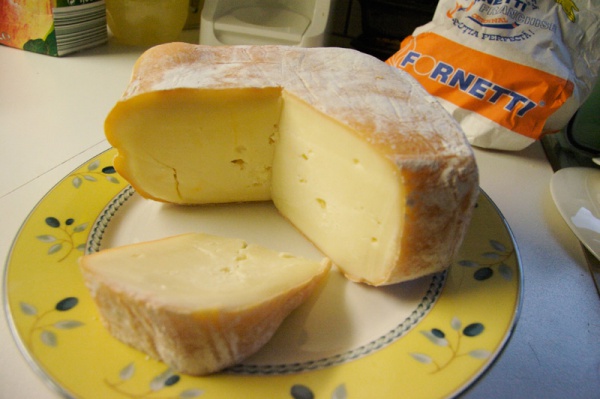Facts About Năsal cheese
Năsal is a cherished traditional cheese from Romania, originating from the village of Năsal in Cluj County. Crafted from cow's milk, this distinct cheese is produced by Napolact in a natural cave, where unique microbiological conditions impart its characteristic flavor. The cave's rock and the presence of Brevibacterium linens bacteria are crucial to its creation. Interestingly, this same bacterium, which is also found on human skin (and is responsible for foot odor), is used in fermenting other renowned cheeses like Limburger and Port-Salut. A fascinating tidbit: Brevibacterium linens even attracts mosquitoes!
The history of Năsal cheese dates back to the mid-19th century, thanks to an architect named Schilling János or his son, Schilling Ottó. They began producing cheese in the cellars of their farm in Năsal, and it quickly gained popularity in Transylvania. The cheese even won a gold medal at the Paris World Expo! However, the farm was nationalized in 1948, and by 1954, a dedicated cheese factory was established in the village.
Legend has it that a strict count once ruled over Năsal village. When the local farmers defied him by taking his cheese for their children and hiding it in a nearby cave, they discovered that the cheese had aged beautifully, despite changing color. The count, upon tasting this cave-aged cheese, was so impressed that he began serving it to his noble guests and started storing his own cheese in the cave. This charming tale adds a touch of myth to the rich history of Năsal cheese, highlighting its unique production process and storied past.

 Bulgaria
Bulgaria